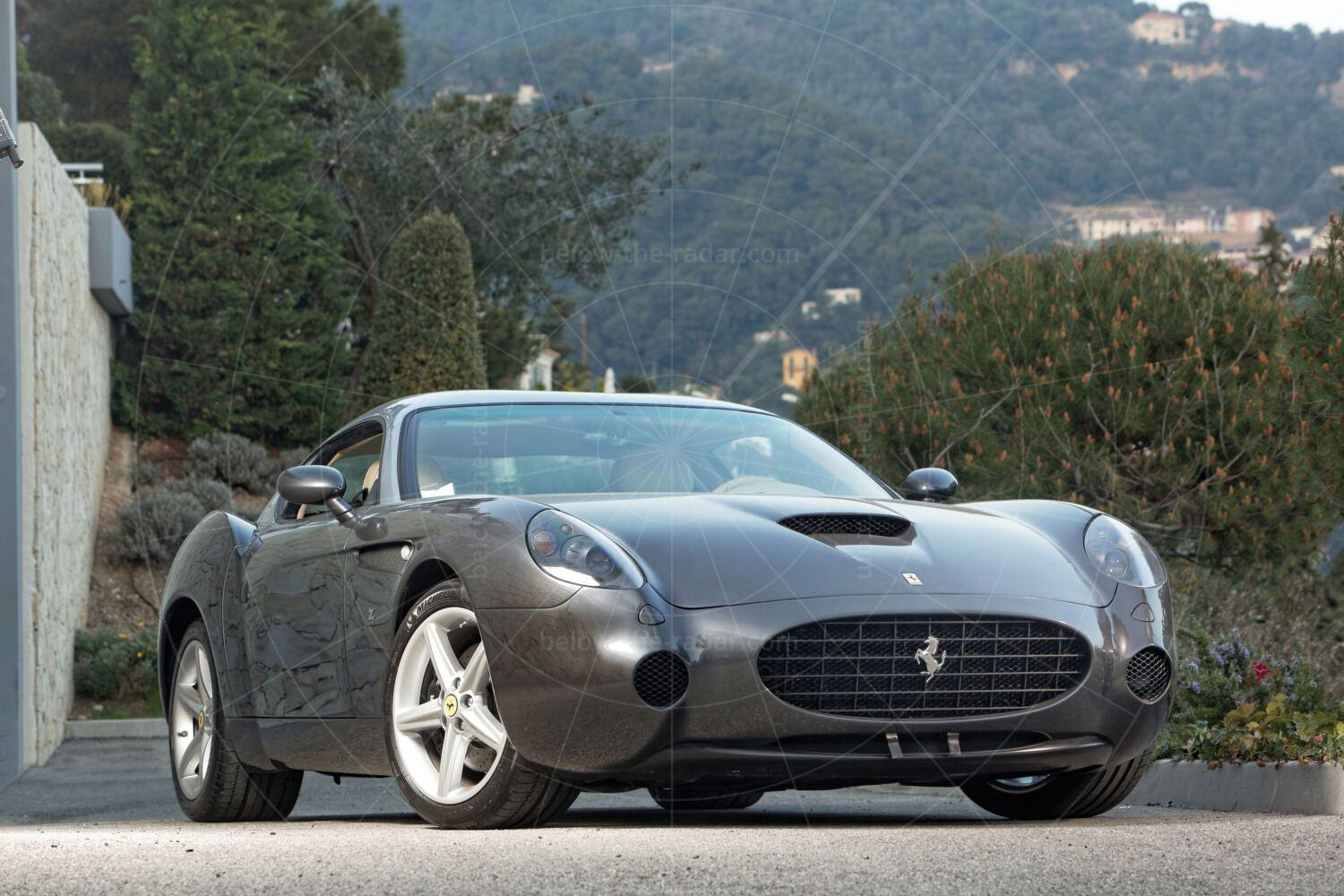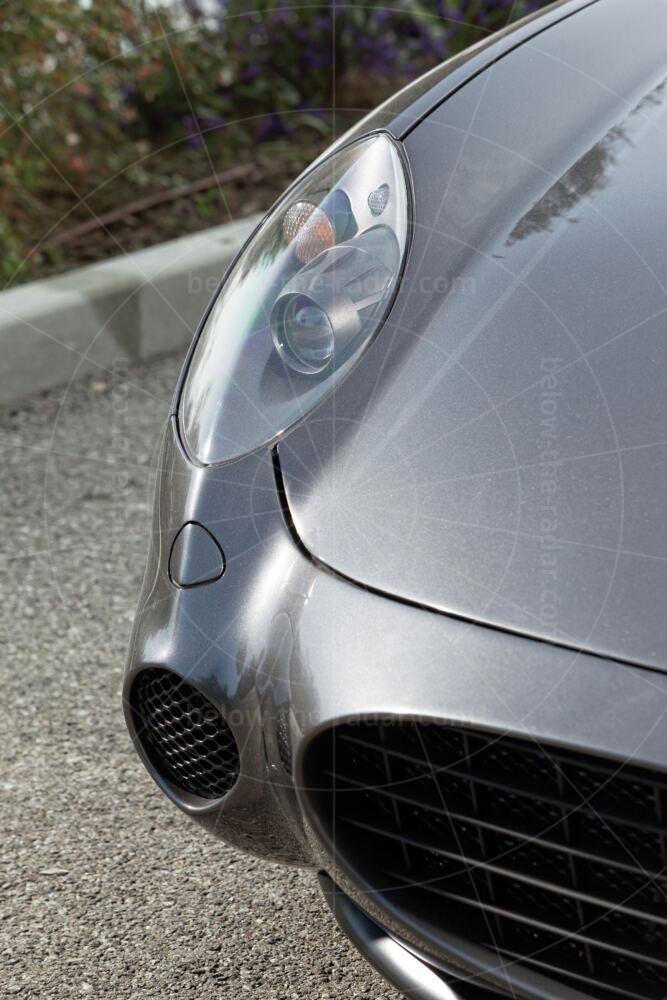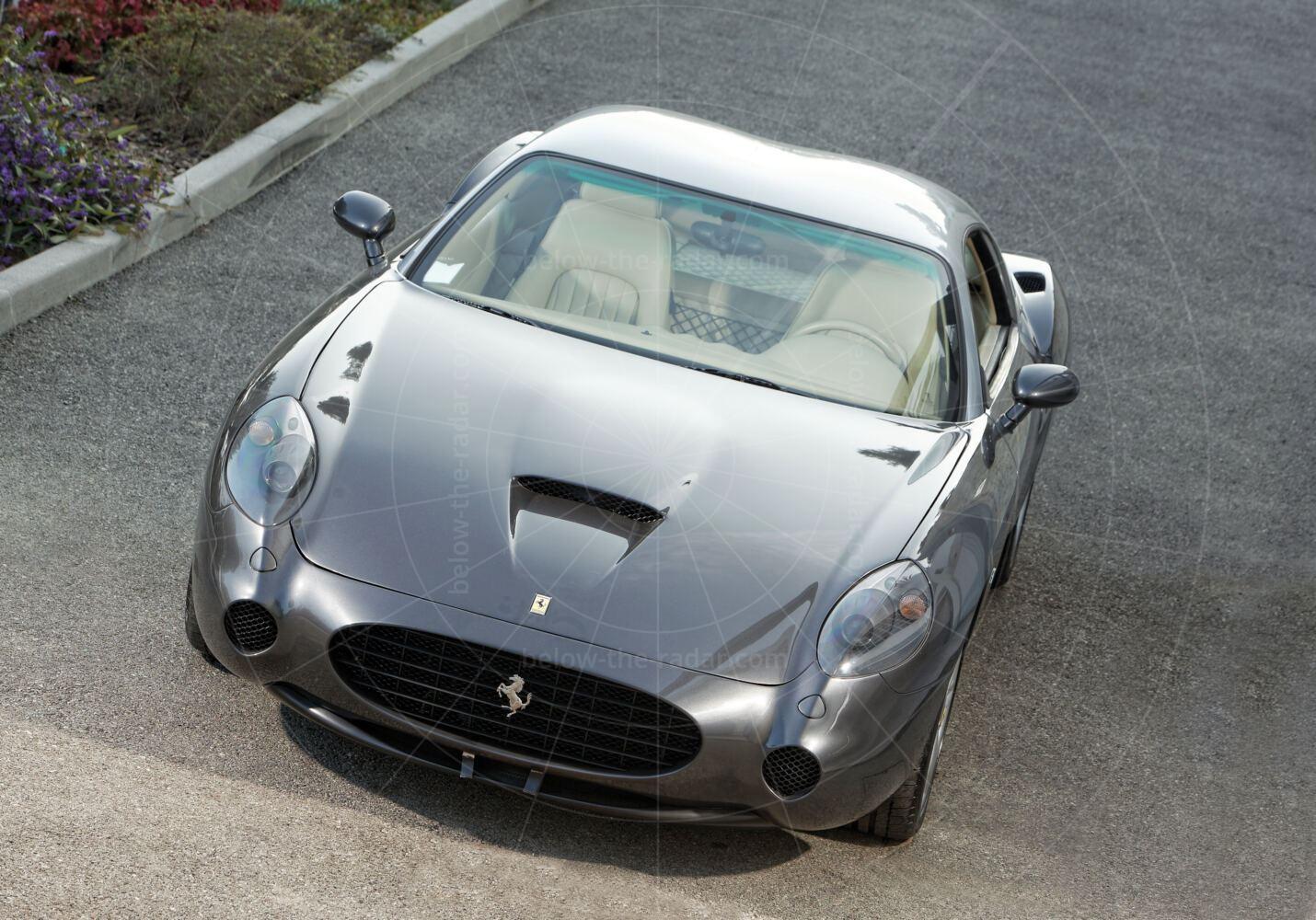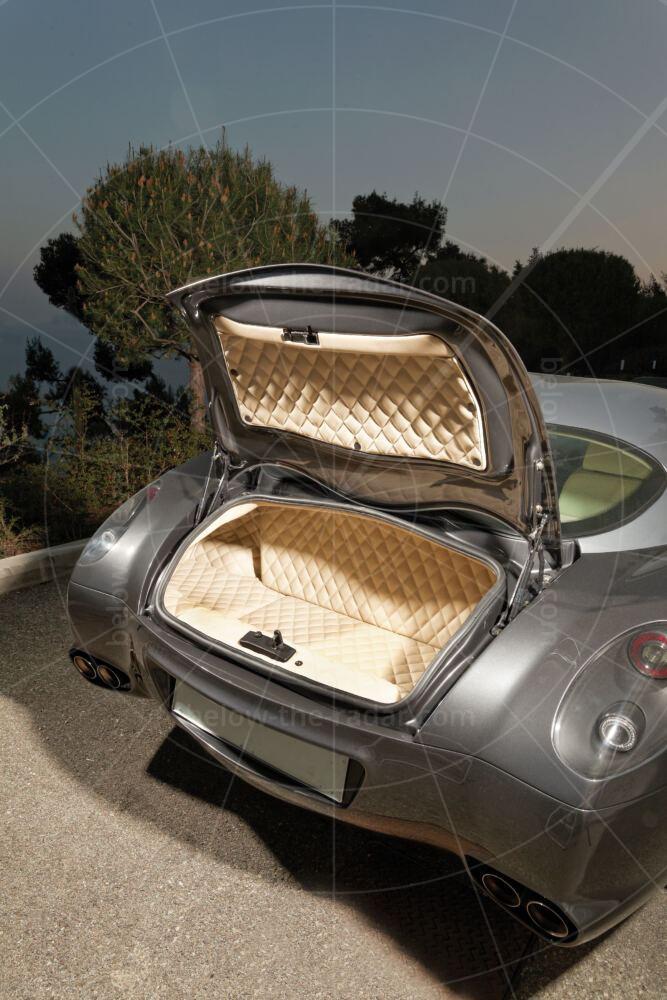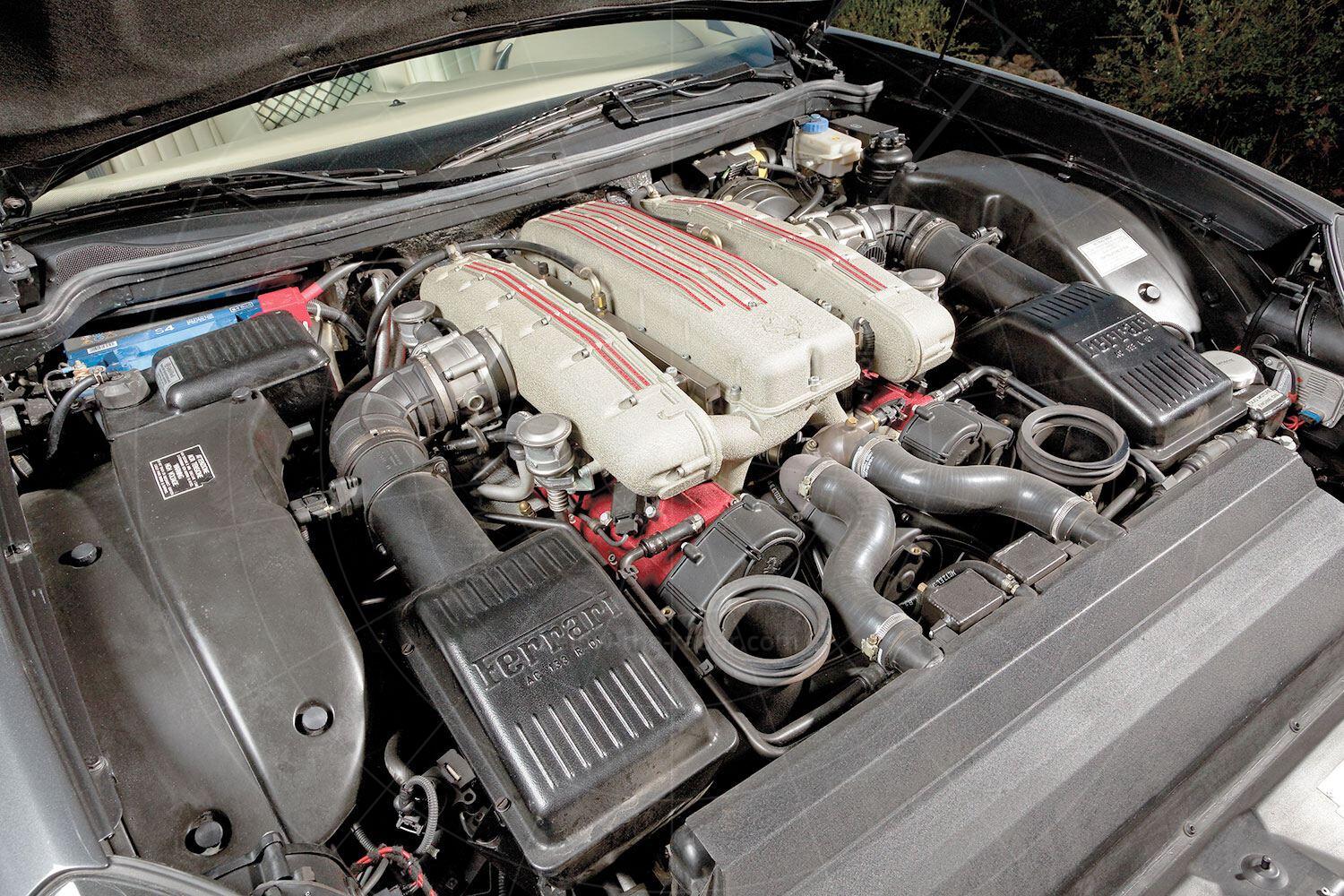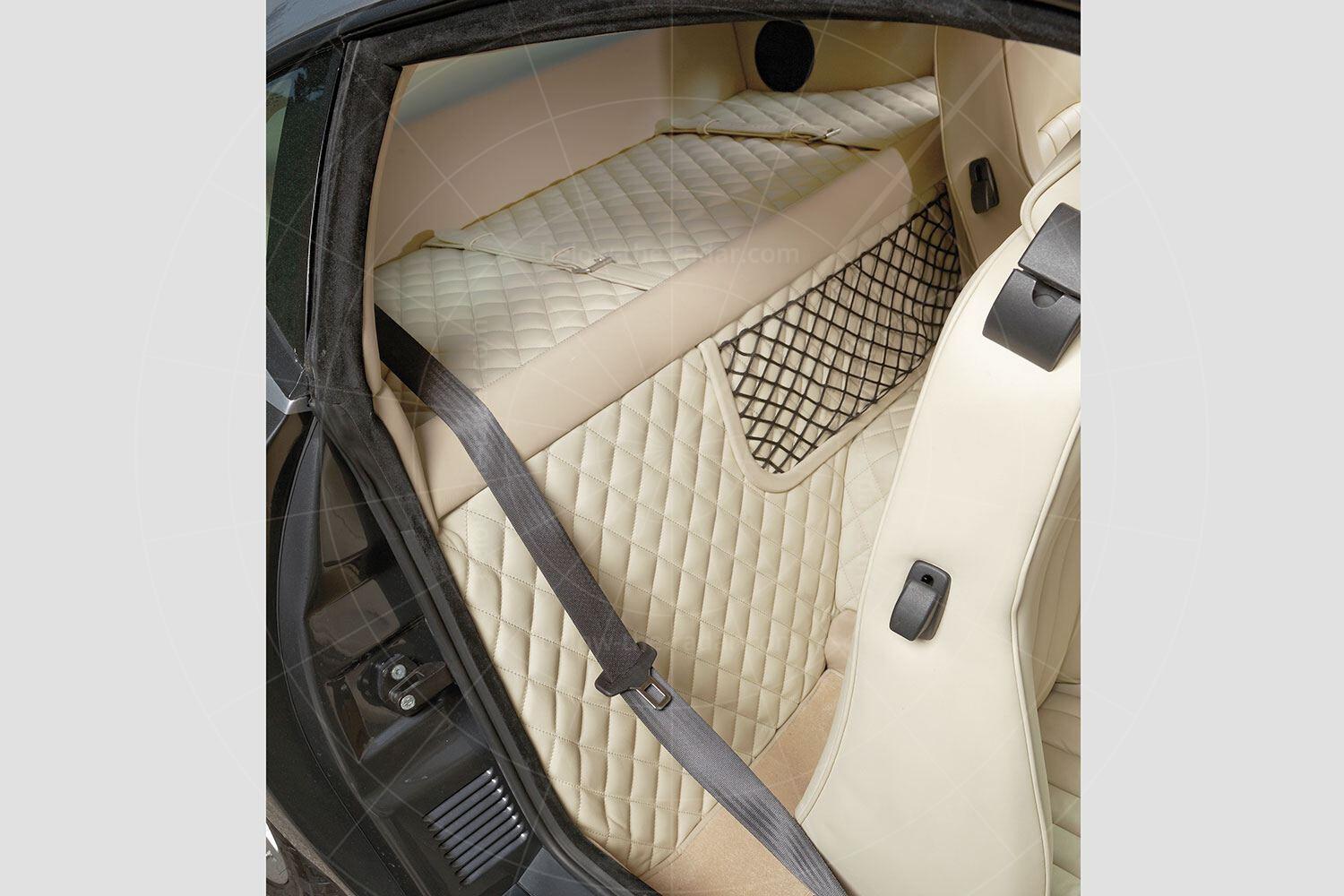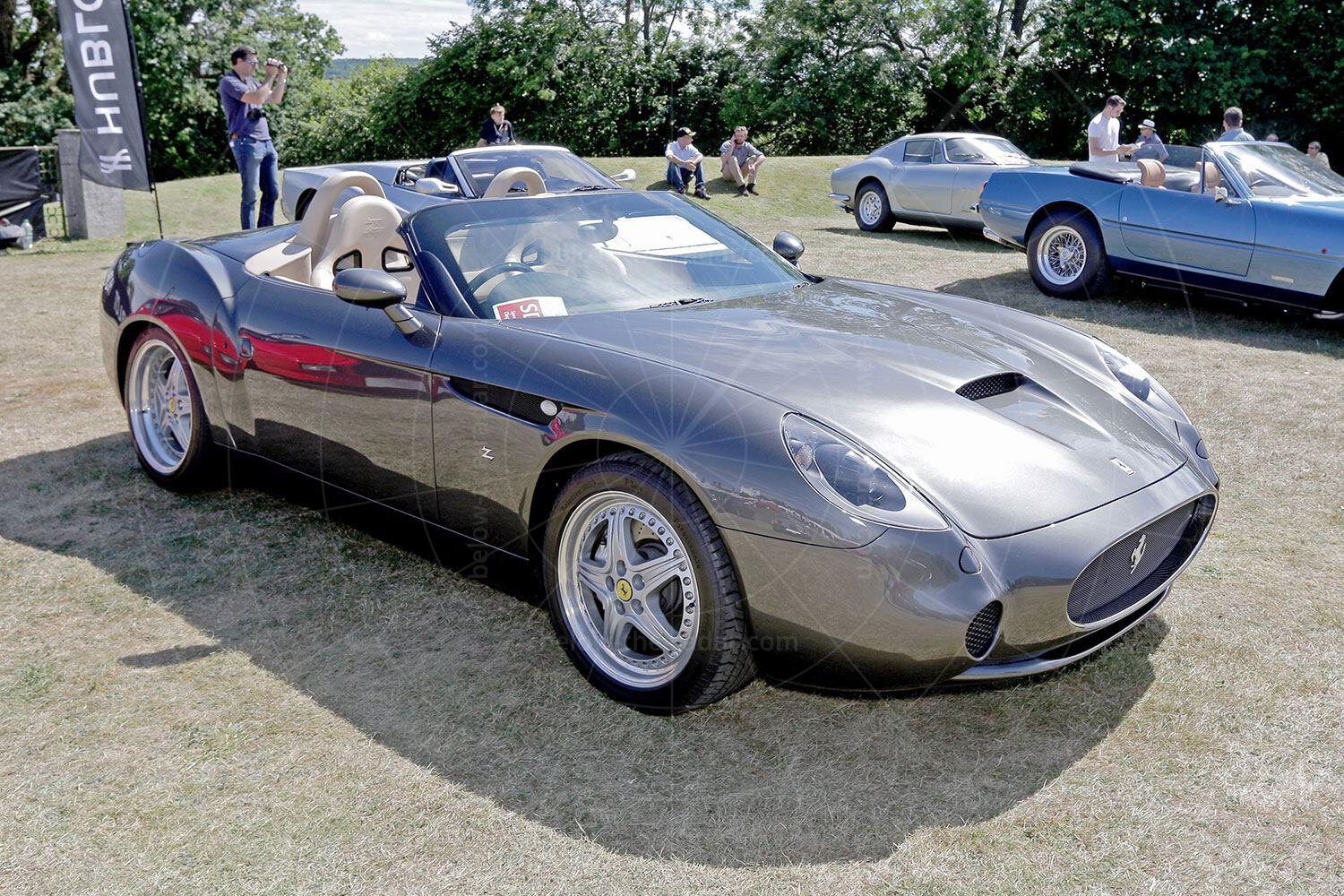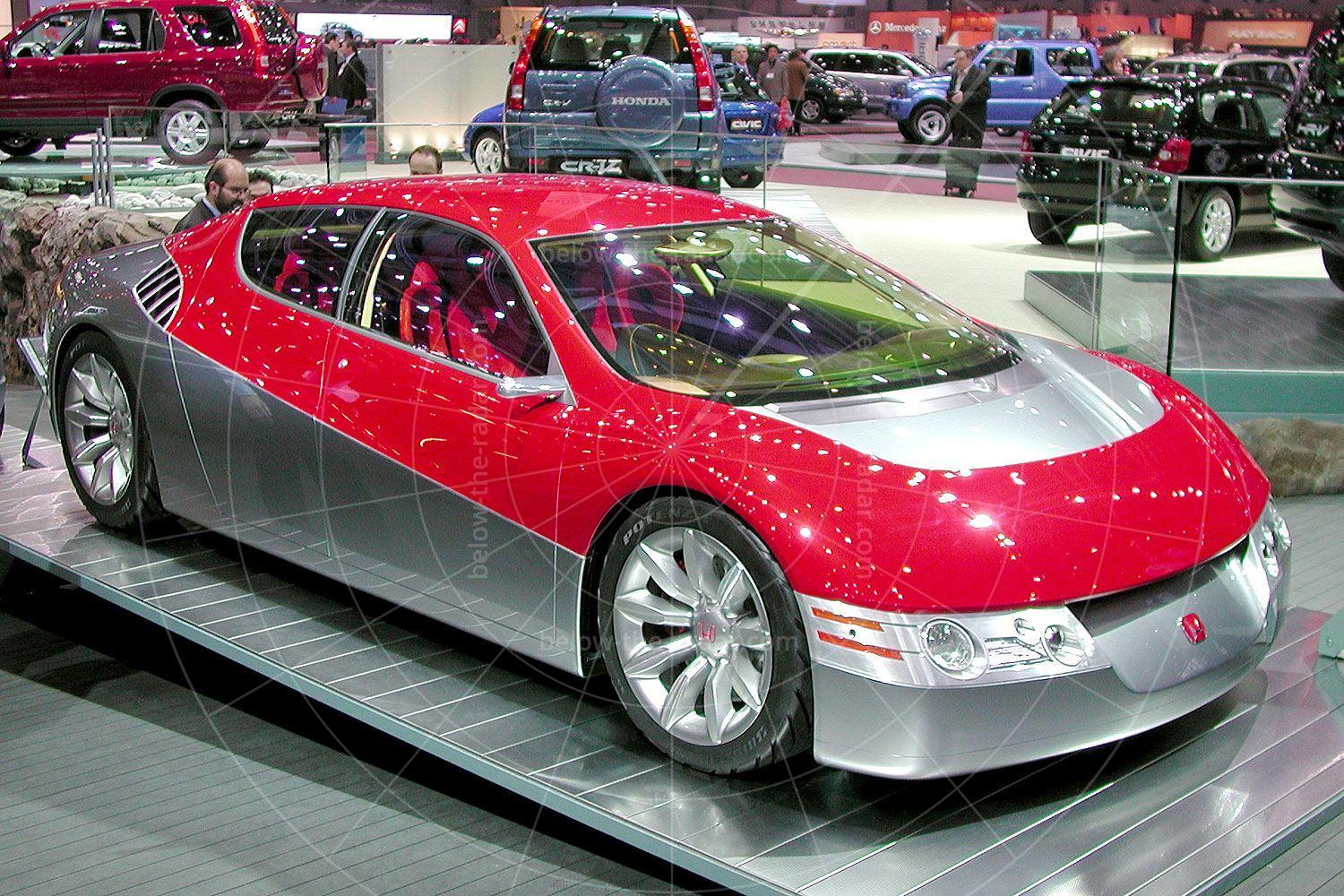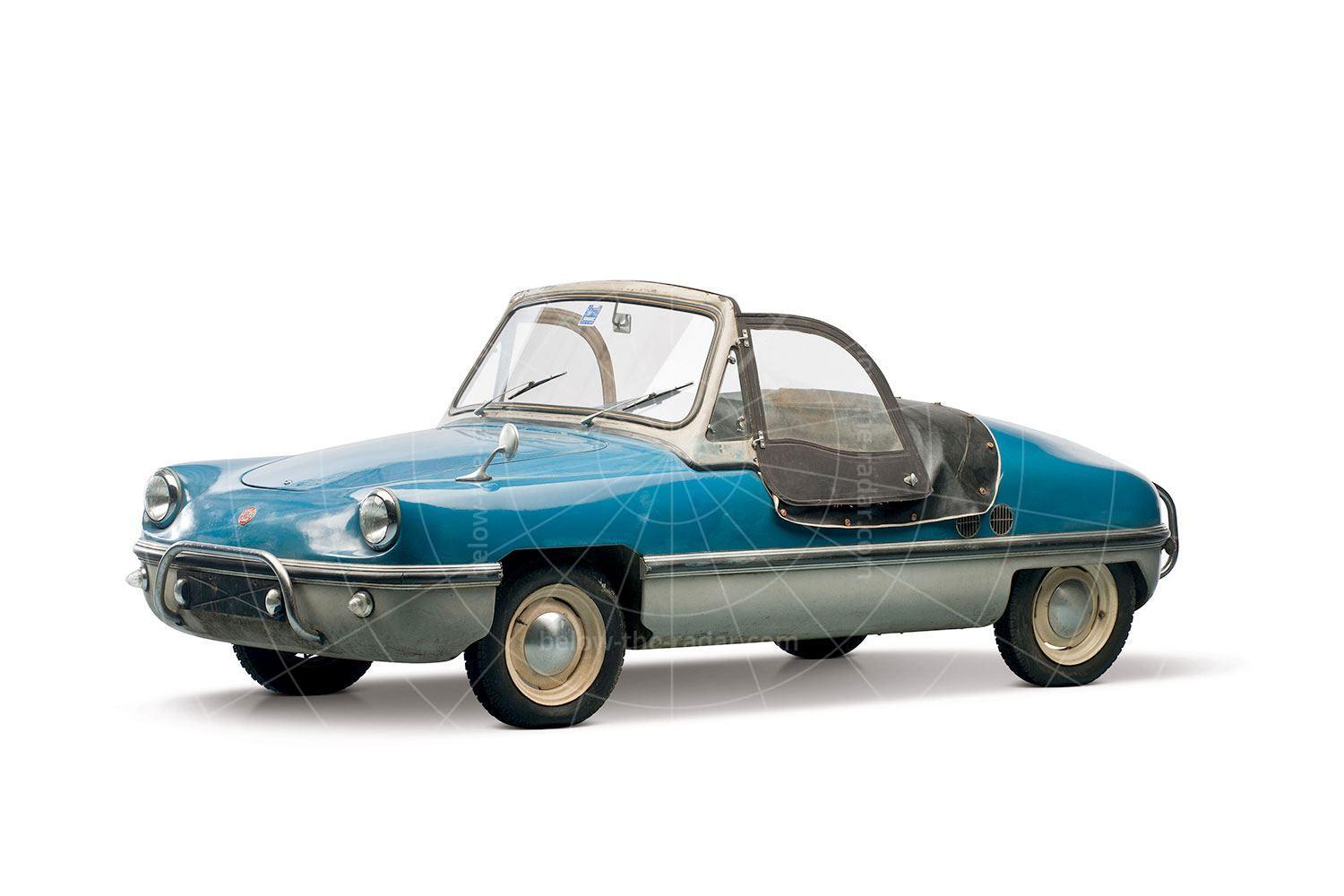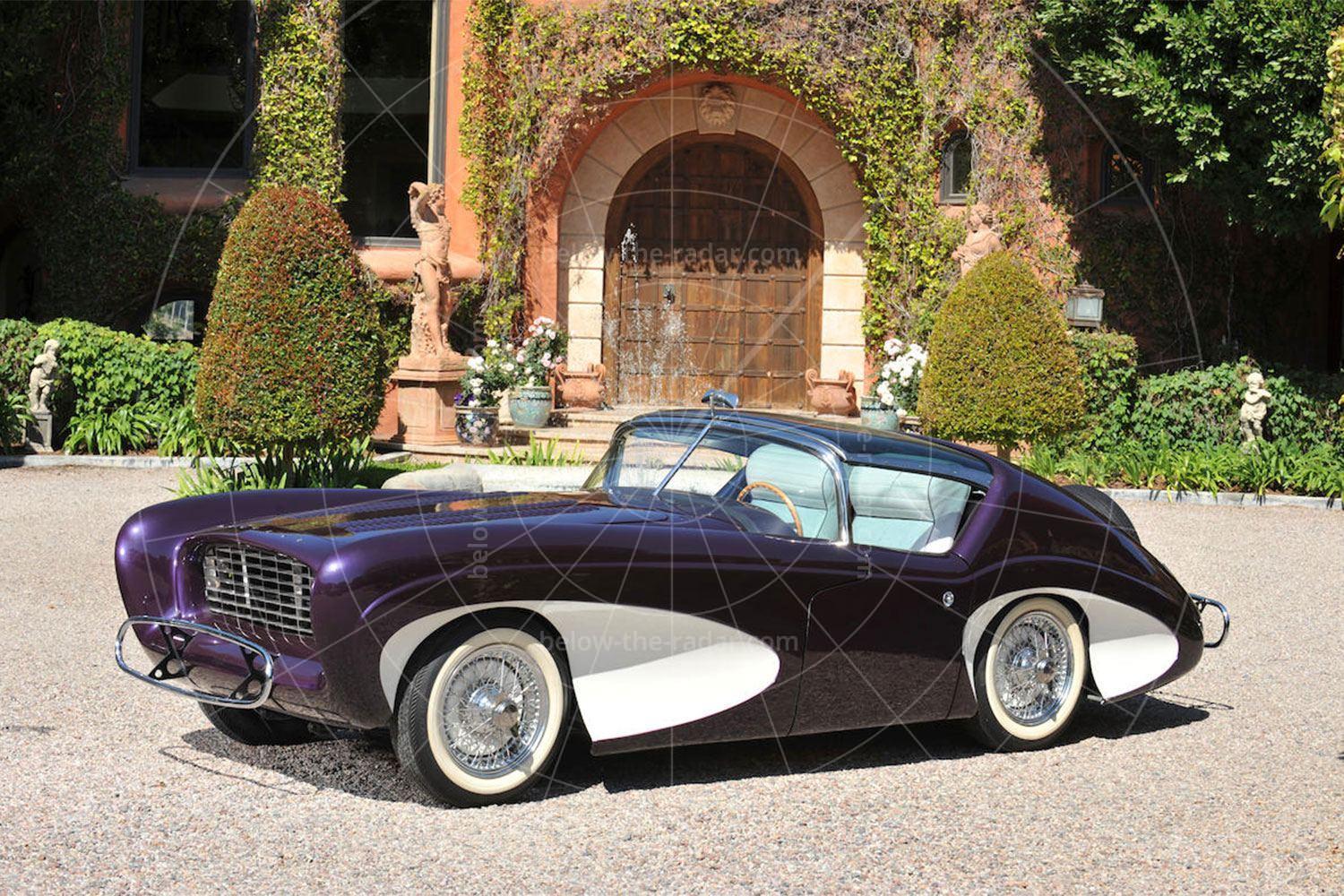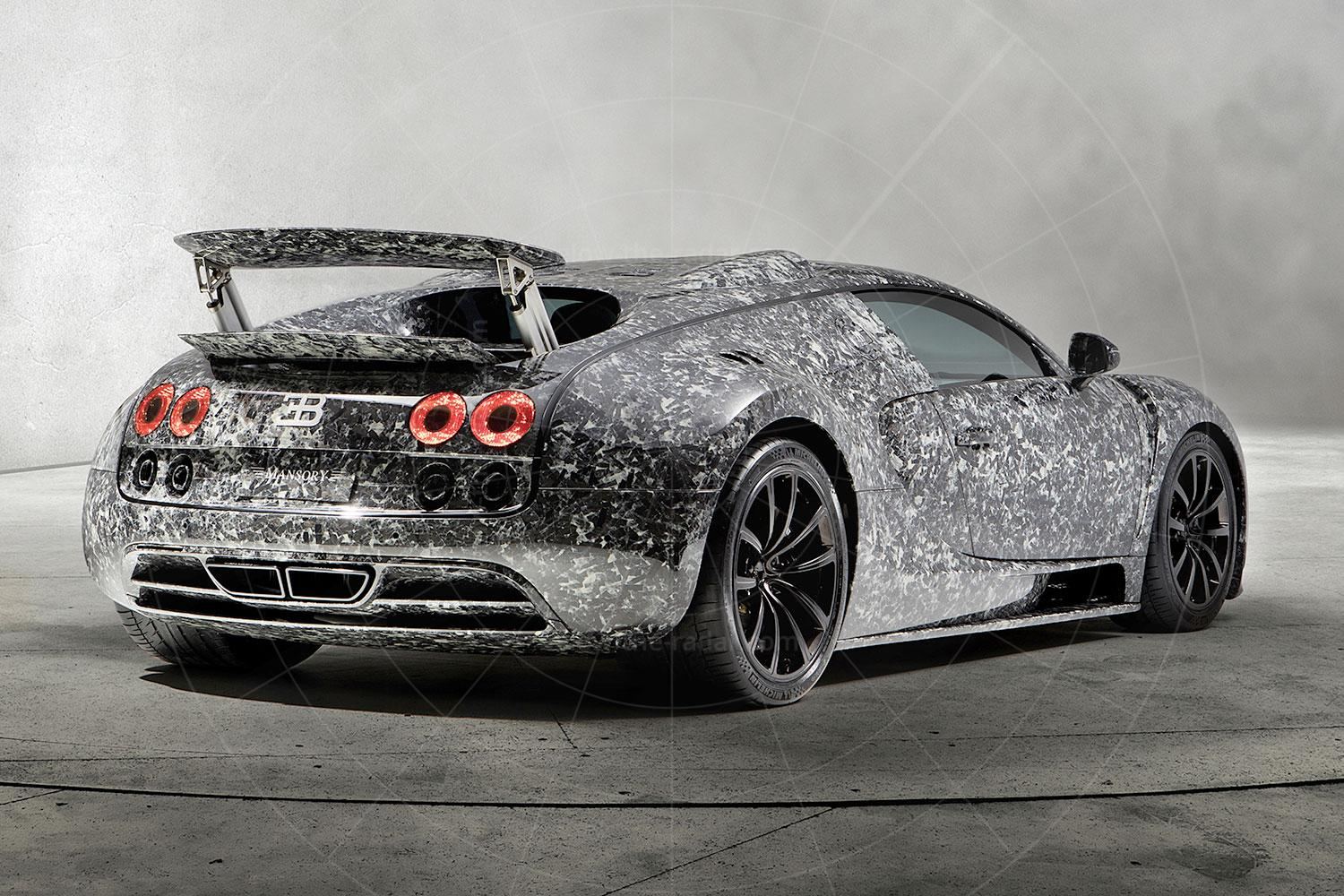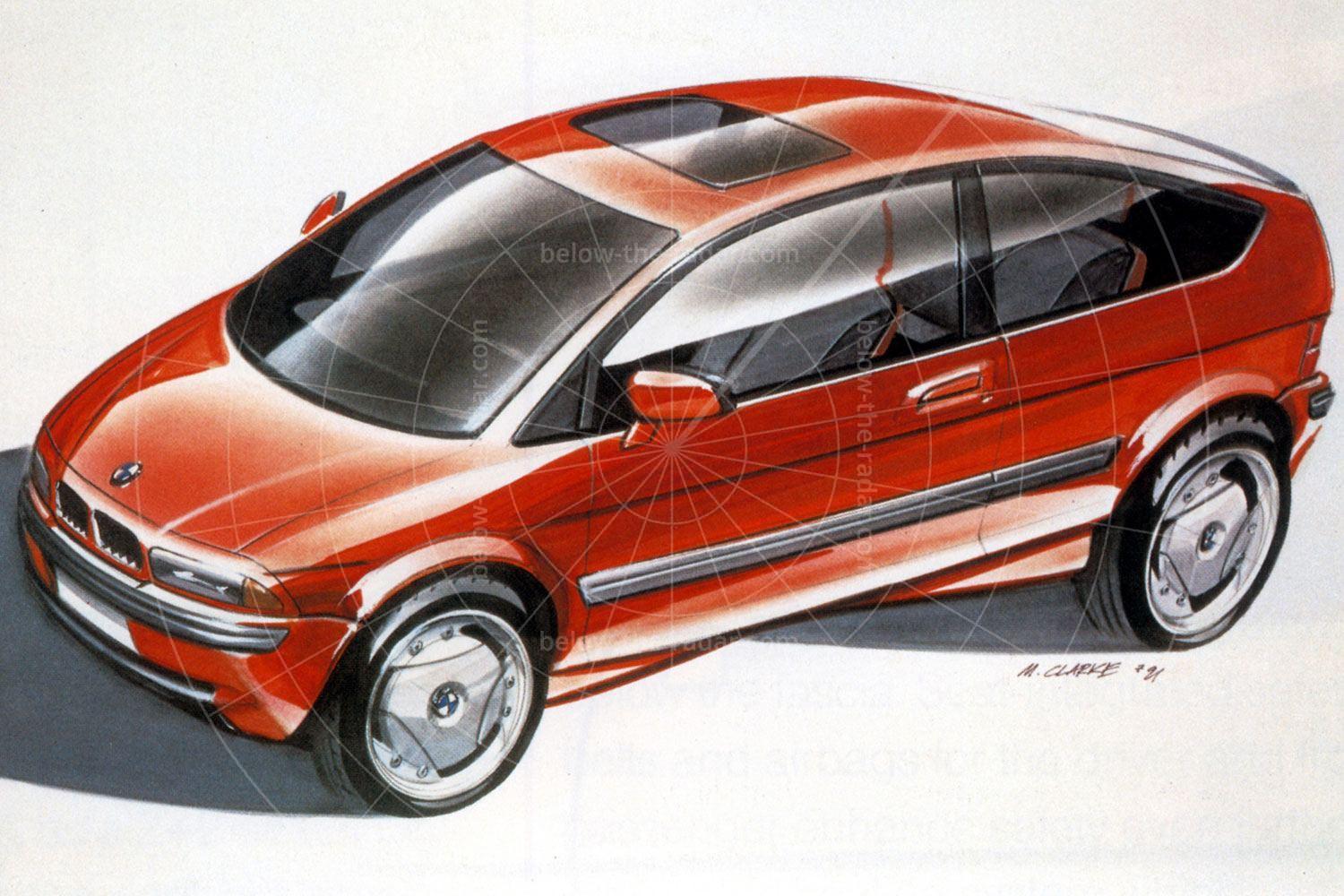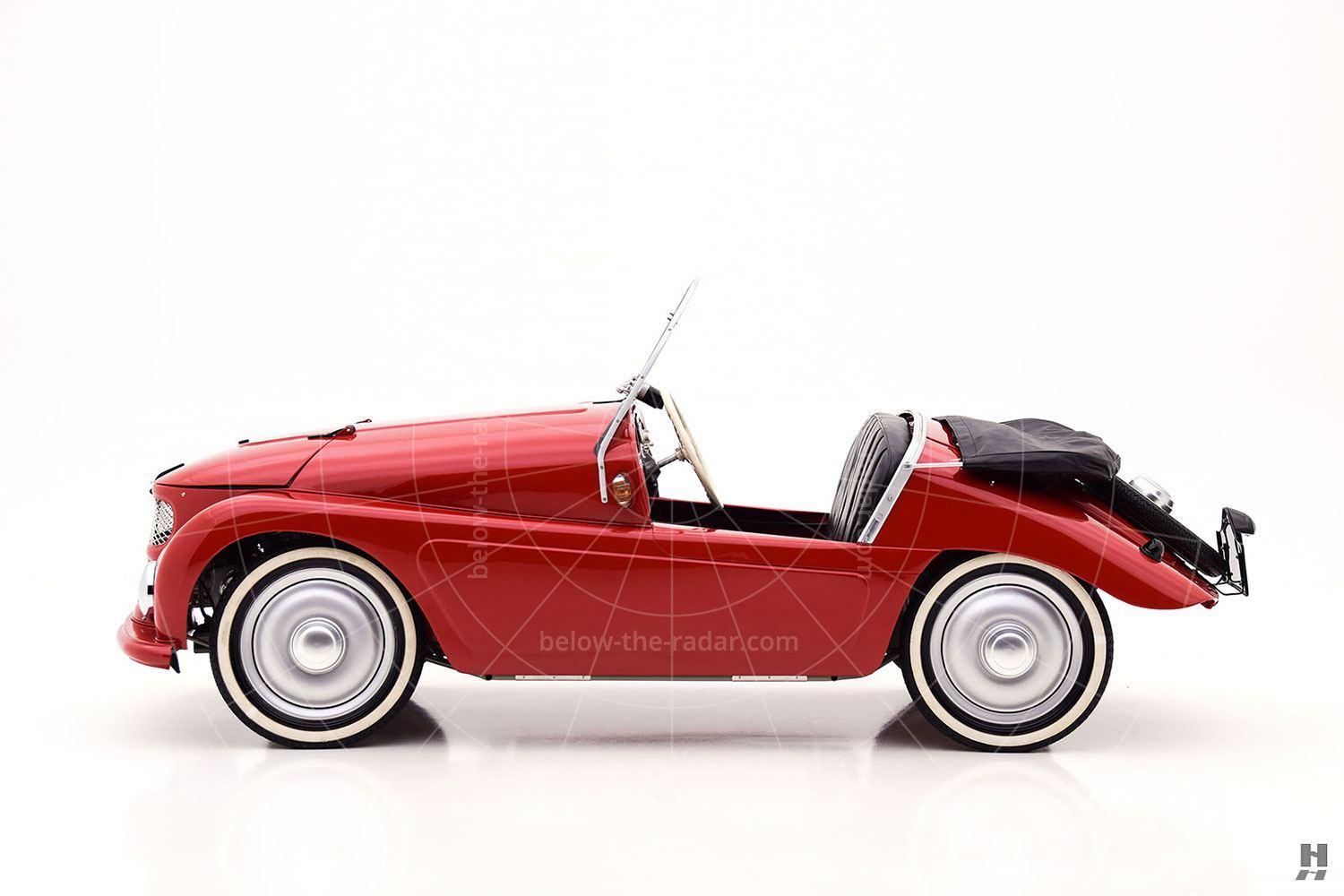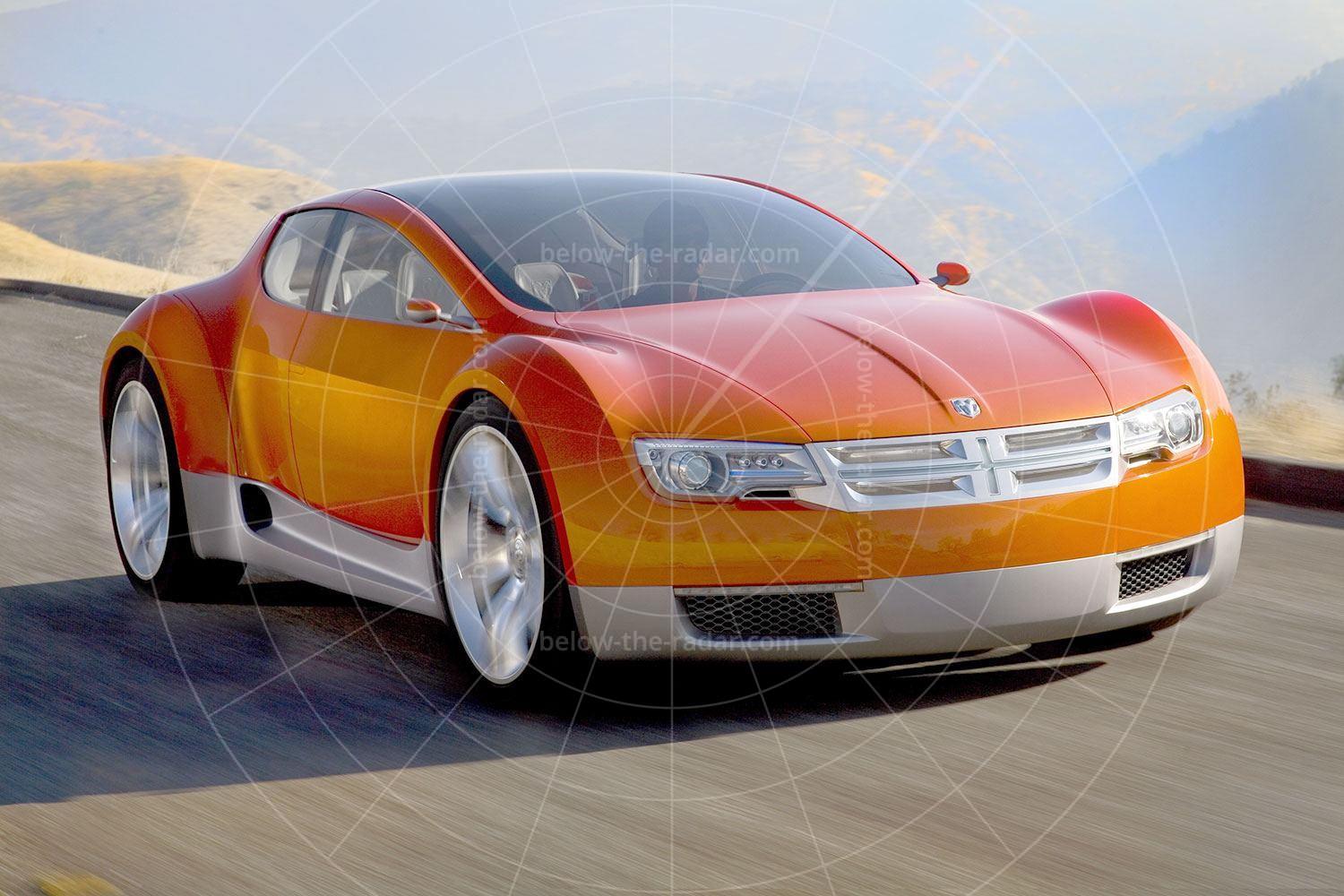Zagato has a long-standing association with Ferrari. However, this alliance didn't bear any fruit between 1993 and when the 575 GTZ was created, more than 20 years later. It was in 2005 that Japanese collector Yoshiyuki Hayashi approached Zagato with a request for a bespoke 12-cylinder Ferrari. At that time in Japan, Zagato was an especially prestigious brand with which to be associated, not least of all because the company’s chief designer Noriko Harada was Japanese.
As a well-known collector of historic exotica, Hayashi’s hoard contained several priceless Ferraris including a 166MM, 250 Spyder California and a pair of Daytonas (a coupé and a spyder). He also owned a standard 575M built in 2004, and it was this car that was used as the basis for the 575GTZ.
When Hayashi approached Zagato his request was pretty straightforward; that Zagato create a special car based on his 575M. Aside from that there were no particular stipulations, but when Zagato told Ferrari of the project it didn’t take long to come up with a much clearer focus. The suggestion was made that with the 50th anniversary of the 250GTZ arriving (just five of which had been built by Zagato), it would be the perfect opportunity to come up with a modern-day interpretation of what is perhaps Zagato’s finest hour.
Although Hayashi’s car would be heavily inspired by a car built half a century earlier, Andrea Zagato was keen to ensure the rebodied 575 didn’t look too retro. It had to evoke the same kinds of emotions as its predecessor, but Zagato was adamant that it had to look to the future as well as the past. Of course the car’s hard points ensured the design had to progress in a certain direction, with things such as the bonnet and roof lines being dictated by the structure of the original car.
The design was entrusted to Noriko Harada, and while Hayashi followed the project closely from its inception to completion, he didn’t have much of a hand in how the car would look. Within six months of Hayashi’s first approach to Zagato the design was finalised and work could begin on creating the real thing. With Zagato at that time focusing on prototype and design work for various clients, it was perfectly set up to produce unique or low-volume cars in double-quick time. Thanks to the use of the latest CAD and CAM techniques, the GTZ was built in just a few short months, ready for its debut at Villa D’Este in April 2006.
The task of producing a latter-day 250GTZ was far more difficult than it sounds, and Harada carried it off brilliantly. When the 575 GTZ was revealed, Zagato's Paolo Di Taranto commented: “The 250GTZ was a milestone in automotive history, and striking the right balance between retro and modern was critical. We needed to incorporate the shapes, volumes and emotions of the original car, while also looking forward. From the reaction we’ve had so far, we seem to have got it about right”.
With its low and wide stance, the 575 looks assuredly more modern than the rather upright 250, but it’s not hard to see the relationship between the two cars. The Zagato signature – that double-bubble roof – is very much in evidence, as are the aggressive rear wings with their characteristic Coke bottle curves. Then there’s the heavily scalloped waist line, with sharply defined creases that run from the nose to the tail. One of the nicest details is the pair of exhaust pipe exits, blended into the base of the wraparound rear wings, where they meet the rear valance – which in turn is beautifully integrated into the underside of the car.
Meanwhile, at the front the 575GTZ’s origins are most apparent with the long bonnet that goes on seemingly forever. It all starts with an egg-crate grille just like the one on the 250GTZ, while in the centre of the bonnet is a NACA duct that apes the more subtle item fitted to its forebear. On either side of the main grille are supplementary units that feed air into the V12, while faired into the wings are ducts to channel cooling air to the brakes – although how useful they are, bearing in mind their height, is open to conjecture.
Of great significance – although few would realise it – is the Z badge that adorns the GTZ’s flanks. This is reserved for very special Zagato projects only, which are effectively products of the atelier arm of the group. Only bespoke cars are allowed to wear such badges, with higher volume cars wearing the badges of their donors instead. That’s why the DB7 retained its Aston Martin badges instead of wearing the hallowed Z – as soon as a project becomes an official manufacturer collaboration, with cars built in significant numbers (usually into double figures), it ceases to be a bespoke machine.
Owners of the standard car will recognise the GTZ’s interior, because it’s virtually just as it rolled out of the gates at Maranello. There’s quilted leather on the transmission tunnel and beautifully stitched hide on pretty much every visible surface. This leather isn’t the same as that fitted by Ferrari; it’s a higher quality, ultra-soft hide, but it’s a direct replacement for the trim originally fitted so it follows Ferrari’s design. The switchgear and instrumentation also haven’t been altered, and while the 550’s instrumentation was more conventionally arranged, the 575M’s has the rev counter very much at the fore, with the speedo and minor dials arranged either side. With such a free-revving engine that’s happy to sit close to its near-8000rpm redline, being able to focus on how fast the crankshaft is turning adds another dimension to piloting the GTZ – as if your senses aren’t overloaded enough already.
With Zagato’s forté being coachwork, there were no mechanical changes to the 575M’s standard mechanical specification. Accordingly the 575GTZ drives pretty much like a stock 575M, which means it’s an adrenalin rush only as much as you want it to be. If you’re in the mood for a white-knuckle ride the opportunity is there, or you can just let the car cosset you. However, thanks to its all-alloy construction the 575GTZ tips the scales at around 100kg less than the donor car, so it feels more wieldy and marginally quicker, although there are no official performance figures available.
In short, the 575GTZ was a superbly well resolved car in terms of its design, construction and (thanks to being largely left alone) the dynamics. With new life having been breathed into the relationship between Ferrari and Zagato, the latter hoped that the GTZ marked the start of a fresh round of collaborations between the two companies. That hasn't happened yet, but Zagato did make a further five copies of the GTZ before then making three GTZ convertibles based on the 550 Maranello.
| Vital statistics | |
|---|---|
| Engine | Front-mounted, 5748cc, V12 |
| Transmission | 6-speed manual, rear-wheel drive |
| Power | 508bhp @ 7250rpm |
| Torque | 434lb ft @ 5250rpm |
| Top speed | 205mph approx |
| 0-60mph | 4.0sec approx |
- The 575GTZ pictured (#ZFFBT55B000127928) was put up for auction by RM Sotheby's in 2014, although it failed to sell. Many thanks to RM Sotheby's for the use of its pictures to illustrate this article.

